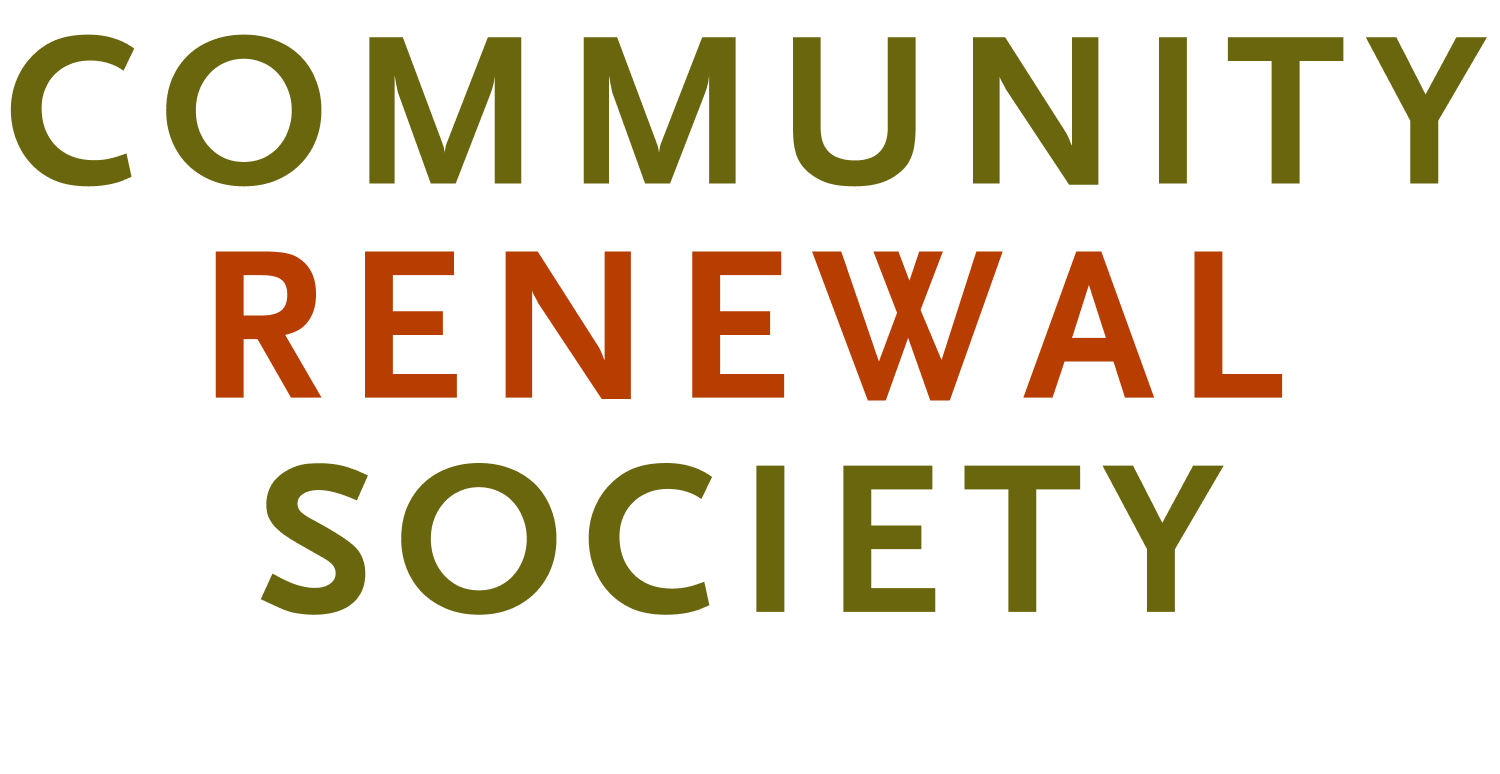The Kansha Project: Building Solidarity with Japanese American Youth
My name is Katie and I am a 2023 Calling And Purpose in Society (CAPS) Fellow from Valparaiso University serving as a Communications Intern at CRS this summer. As someone deeply committed to the values of anti-racism, racial healing and building global solidarity promoted by CRS, I am excited to share my experience as a facilitator for the Kansha Project in a three-part article series this summer.
The Kansha Project, conducted by the Chicago Chapter of the Japanese American Citizens League, is designed to help young Japanese Americans connect with their heritage and history. Participants take an immersive educational journey to Los Angeles' historic Little Tokyo neighborhood and Manzanar National Historic Site. As a fifth-generation Japanese American or Gosei, I am deeply affected by my family’s wartime experiences, driving me to share their stories of injustice with others. It is my hope that by doing so, we can prevent similar injustices from happening to other marginalized communities.
My great-grandmother was born in Little Tokyo on October 29th, 1929. She was forcibly placed in a horse stall at Santa Anita Racetrack in April of 1942 before being taken to Heart Mountain Concentration Camp in Wyoming in that fall. For many living in the Little Tokyo area, Manzanar would be the site of their forced relocation. Manzanar is one of ten incarceration camps in the United States, commonly misunderstood as internment and voluntary relocation centers. However, after Pearl Harbor, Japanese Americans living on the West Coast were forcibly removed from their communities due to President FDR's signing of Executive Order 9066, a decision solely based on race.
On the first day of the Kansha Project, our group explored Little Tokyo and delved into the history of Japanese Americans during wartime. We enjoyed our first meal together at Suehiro Café and visited the Japanese American National Museum. In the evening, we attended a lecture on multicultural identity by Professor Lily Tamai from UCLA's Asian American Studies department, followed by a period of reflection. The next morning, the group took a walking tour of Little Tokyo before embarking on a four-hour journey to Manzanar for a tour and time of reflection on intergenerational trauma. The following day began with a moment of silence at the Manzanar cemetery, where handmade origami cranes and notes of compassion were left behind before planting rose bushes at Merritt Park. The project ended with workshops on multicultural identity and solidarity with other marginalized communities
The Kansha Project offers invaluable education to Japanese Americans regarding the lived experience of their family members and community. As someone with roots in Little Tokyo, it has helped me connect with my heritage meaningfully and expand on what it means to have a multicultural identity. Through Kansha, I feel that I have the power to foster cross-cultural solidarity with other marginalized communities and fight for the mission at CRS based on the past experiences of my ancestors and the current human rights issues of immigration, reparations and criminal justice reform.
In the second of three articles, I will expand on the reparations movement within the Japanese American community and discuss how members of that community are advocating for reparations and racial healing for African Americans. To learn more about reparations work with CRS, please sign our Reparations Pledge and view additional blog articles.
Katie Masano Hill CRS Communications Intern
